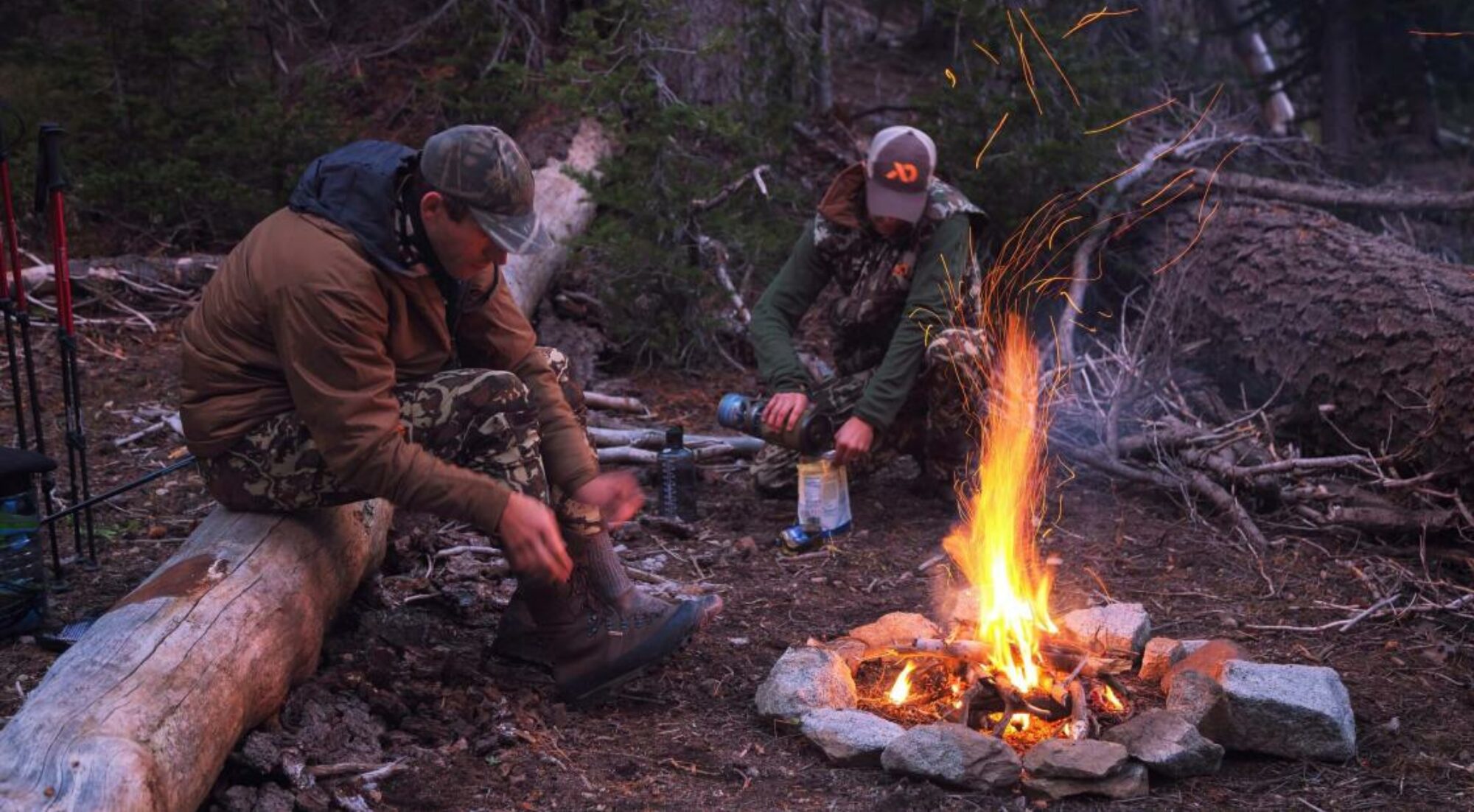Have you ever been so cold that it stops hurting? How about a heat stroke? Have you ever been in a flood or even a hurricane or windstorm? Hot or cold. Soaked or dehydrated. Wind or altitude. Insects or disease. After a flood comes the bugs and bacterial diseases. Believe it or not, wind can make you chapped and dehydrated but can also cut through your clothes leaving you frozen. These are obviously the worst case scenarios but on this semi-unforgiving planet, ignorance and complacency can catch you off guard and you would be wise to learn to avoid exposure.
Wind and Altitude
Wind can vary from a light breeze to a hurricane. A light breeze at even 40 degrees Fahrenheit can be bitter cold and cause hypothermia if exposed for a long period. Obviously, extra clothing can help insulate you from the cold and keep body heat in. Hot, dry winds can dry your skin and cause chapping, even dehydrate you. Other than a windbreaker or other clothing that has wind protection technology, finding stable shelter or going indoors is the only other option.
Building a shelter in the wilderness is a handy skill to have. If you would like more info on that subject head on over to these links:

AMS is the acronym for Acute Mountain Syndrome. AMS can happen to anyone and it’s not really known exactly what causes it. People who have climbed or hiked for years at high altitudes can suddenly experience it without warning. Early warning signs of AMS can include nausea, headaches, feelings of fatigue, dizziness and disorientation. If not addressed, they can get worse and effect your motor skills and even walking. The only surefire way to address AMS is to descend to lower altitudes as quickly as possible.
Heat and Cold
Frigid temperatures are quite uncomfortable to most people and if not properly prepared for are quite dangerous. Proper, warm clothing is your best bet for staying warm. However, constant movement of body and limbs causes friction which creates heat. Try to keep moving, even pacing in place or flexing your fingers when needed, it will keep the blood circulating and the heat flowing. A small fire can warm the extremities and keep frostbite at bay.

The Heat is just as dangerous. Exposure to the sun can cause dehydration or sunburn and with physical exertion can cause heat exhaustion and even heat stroke. Drink plenty of water with electrolytes. When the body sweats, you lose precious sodium and other hydrating minerals that must be replenished. The body needs them for proper muscle function, blood circulation and brain function as well. However, finding a nice shady spot to beat the heat, like under a tree, can be the simplest yet best idea.
Precipitation and Dehydration
A fair amount of people believe that getting caught in the rain can lead to the common cold. The combination of wetness and cold temperatures can indeed make you sick. Snow included. Rain jackets, poncho or even a large trash bag if your in a pinch, will keep you dry and slick away the moisture. Avoid letting your feet get wet or if they do, dry them as soon as you can to ward off Trench Foot. It is a rotting of the flesh cause by being cold and absorbing too much moisture. The body stops flow of blood to the cold, wet limbs in an attempt to conserve energy and it’s quite nasty, possibly leading to amputation.
On the opposite side of that storm is dehydration. Not drinking enough water or simply not having the electrolytes needed to maintain proper physical and mental operation can be deadly. First you will start to chap up or ‘parch’ as some people call it. You may seem very thirsty and that’s because you are and it may be accompanied by delirium or hallucinations. Next you will lose consciousness then organ damage followed by death. Keeping an amount of salt will keep up on the electrolytes and sodium that your body needs. If you don’t have any water with you, find shade immediately if you start to feel overheated or extra thirsty. Sometimes it is possible to dig down into the earth a couple feet and find ground water.
Insects and Disease

Flying and biting insects of the wild, especially mosquitoes, carry diseases like malaria (in some countries), Dengue, Yellow fever, blood borne pathogens and now even West Nile virus. Precautions like a bug spray or even essential oils that are effective at repelling pesky biting bugs are highly suggested. If you get caught in the wild without repellent of any sort then rubbing mud on your exposed skin will help protect you from biting insects. While it doesn’t deter them from trying they cannot bite through the mud. It is a method of protection the Native American Indians have used for centuries.
Staying safe and healthy
Take proper precautions to stay safe while on a hike, out in the wilderness camping or for any reason you might be at risk of exposure. Exercise, vitamins and eating healthy can help mitigate some of the more severe symptoms of certain exposures. The tips and suggestions in this article will also keep you from extreme exposure to the elements. This world can be harsh and Humans have evolved to a point where we have the luxuries of air conditioning, solid shelters we call houses and vehicles that can travel 10 times faster than any horse or covered wagon. So, next time you’re out and about you will now have the knowledge to keep yourself safe from the extremes.
I hope you found this article informative and if you have any questions, comments or input please feel free to do so in the comments box below.
Thanks
Other resources:
